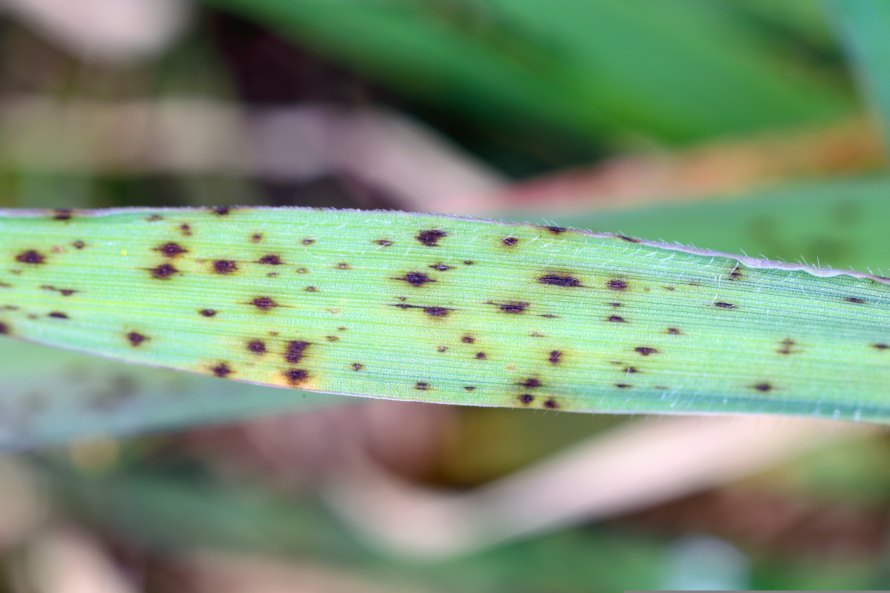
A rapid test to identify two of the most damaging diseases in barley before they’re visible will be launched next month.
Microgenetics has developed new tests to identify net blotch and rhynchosporium in barley, with the latter being the most damaging disease affecting UK barley.
Net blotch has the potential to cause yield losses of 10-40 percent if it is not controlled promptly.
Dr Rebecca Sanders, scientist at Microgenetics, said these pathogens were focused on as they’re a particular concern for the British farming industry.
"We know they cause the biggest crop yield failures and have the biggest financial impact,” Dr Sanders said.
By identifying the presence of net blotch and rhynchosporium before they’re visible, she said farmers could act quickly to control either disease before they became a more serious problem.
“These diseases have a long latent period when the disease is present but not yet visible,” Dr Sanders explained.
“By the time visible signs do appear it is too late to recover the full yield and aggressive fungicides will need to be used.
“By using SwiftDetect, farmers are given an early warning that treatment is necessary. It allows them to use it as part of their integrated crop management and spray according to what’s actually in the field, rather than a pre-emptive campaign.”
To use SwiftDetect, farmers collect ten leaves from across a barley field for their sample and then post them to the SwiftDetect laboratory using prepaid envelopes that can be ordered from the Microgenetics website.
A traffic light warning system will tell a farmer whether the sample was low, medium or high risk.
They will also receive a SwiftDetect score, which is determined by the amount of pathogen identified in the sample.
Farmers will get information to inform what formulation they should use and at what level, or whether they need to target specific fields first where disease levels are higher.
Farmers can also choose to use the tests after spraying to check the effects of the pesticides used.
SwiftDetect could also help farmers trialling different varieties by revealing their level of disease resistance.
Dr Charles Grant, research scientist at Microgenetics, said: “At the moment, a lot of farmers will spray at specific times of the year, at specific growth stages or following particular weather patterns.
“We’re trying to give them an accurate picture of what’s actually going on during the latent phase so they don’t need to guess.”
